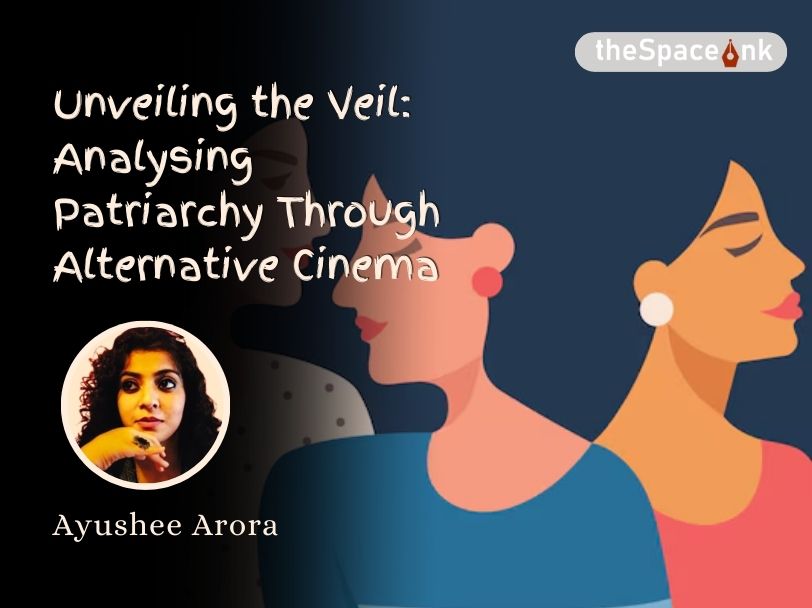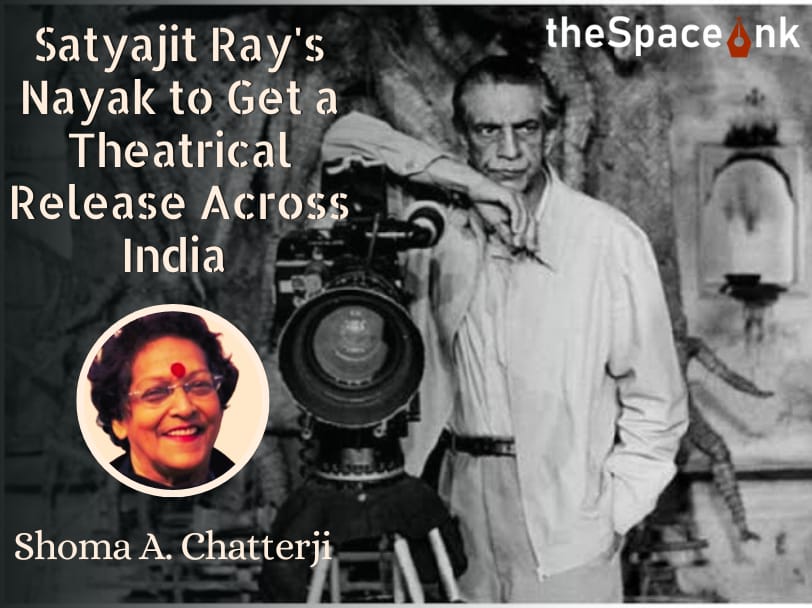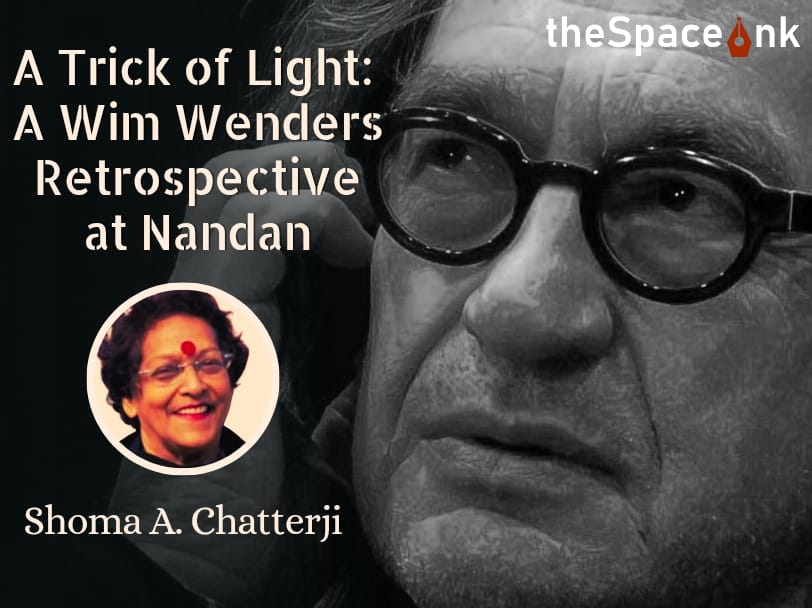Believe it or not, I could not recognize the great actor when I saw him on the big screen for the first time in Tapan Sinha’s biggest hit Banchharamer Bagan. This was because Manoj Mitra was one of the most humble actors-directors-playwrights in the entire history of Bengali creative culture beginning with theatre in the larger world percolating down to cinema. This great stalwart of Bengali theatre passed away in a Kolkata hospital last week due to old-age complications.
Short in stature, a bit squat, with a somber expression on his face, shying away from crowds, Manoj Mitra was deliberately so faceless that one had to practically look out for him in order to pick him out for an interview or for a chat.
The biggest hit in Mitra’s entire career spanning five decades is Banchharamer Bagan, (1980) adapted from a super hit Bengali play Shajano Bagan authored by Manoj Mitra himself who also performed the titular role of Banchharam. It is a delightful social satire, a critique of the feudal system in Bengal and a black comedy, all rolled into one. It had surrealistic elements like a massive ghost looming over the garden (bagan) now maintained by the gardener Bancharam.
An old, unlettered and very poor peasant, Banchharam (Manoj Mitra) inherits a patch of land from a huge garden from the landlord and with his magic green fingers, he converts it to a beautiful garden. Chhokori, the old landlord, is so obsessively possessive of this garden that he keeps hovering over it as a ghost after he dies, trying to scare the gardener into parting with the garden. Banchharam, made of sterner stuff, is not afraid.
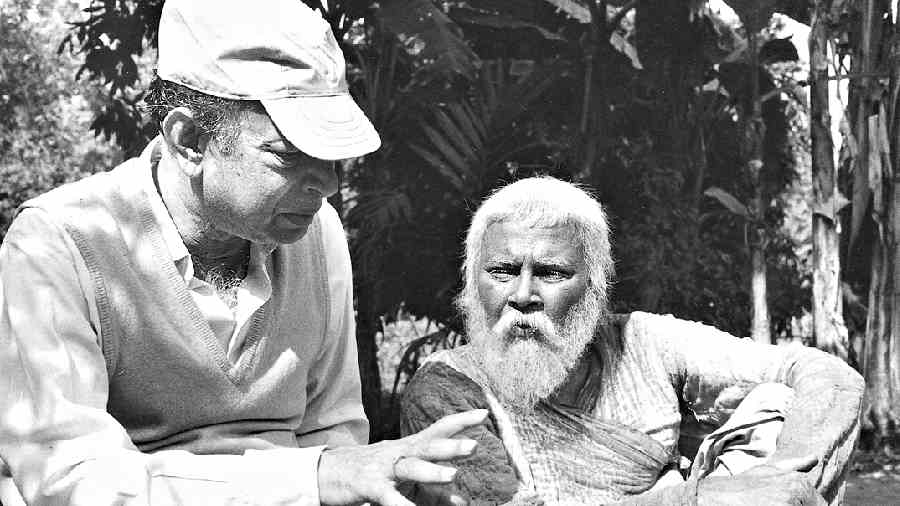
When Chhokori’s son Nawkori continues to try and take away the garden, Banchharam’s clever tactics prevent him from appropriating the garden. A doddering old man now, Banchharam’s desire to live on with his garden and his little grandson increases with every passing day till one morning, Nawkori dies of heart failure when he comes to see whether the old gardener has kicked the bucket. He drops dead on the very hearse his men had brought along to carry Banchharam’s dead body away.
The film has used several theatrical techniques, including direct address and rhyming dialogue, and has one of the most incredible performances by Mitra, the author of the popular play, and Dipankar Dey in the dual role of Chhawkori and Nawkori.
But the creator of Banchharam was one of the most low-key actors one has ever come across, whether it was as an actor on the big screen or on stage, as a director par excellence and as a playwright.
As far as appearances go, he was not attractive. Short in stature, a bit squat, with a somber expression on his face, shying away from crowds, Manoj Mitra was deliberately so faceless that one had to practically look out for him in order to pick him out for an interview or for a chat. The story goes that it was the final memory of his grandfather that inspired him to write his first play, Mrityur Chokhe Jol in 1959.In an interview-based article by Prasun Chaudhuri on Mitra, the doyen of theatre talked about the last few years of his grandfather who suffered from a prolonged illness and desperately waited for death.
Also Read : Ritwik Ghatak and his Celluloid Women
Mitra said, “He was too reluctant to relocate to Calcutta from our village home. When my father broke the news of a planned flight from what was then East Pakistan to a locality in Beliaghata, in eastern Calcutta, my grandfather burst into tears. He was scared to live in an alien city.” He added that ordinary people, found on and off the streets, such as a snake charmer, a neighbour, a village playwright, his grandfather, inspired him to create his plays.
Mitra was born in undivided Bengal in 1938 in Dhoolihar village in Saatkhira District on December 22, 1938. After the family migrated to Calcutta, Mitra graduated in Philosophy from the Scottish Church College in 1958 and got involved in theatre during those years. Among his friends were Badal Sarkar and Rudraprasad Sengupta. He later did his postgraduation in Philosophy from the Calcutta University and began his research but the craze for theatre put a stop to all that.
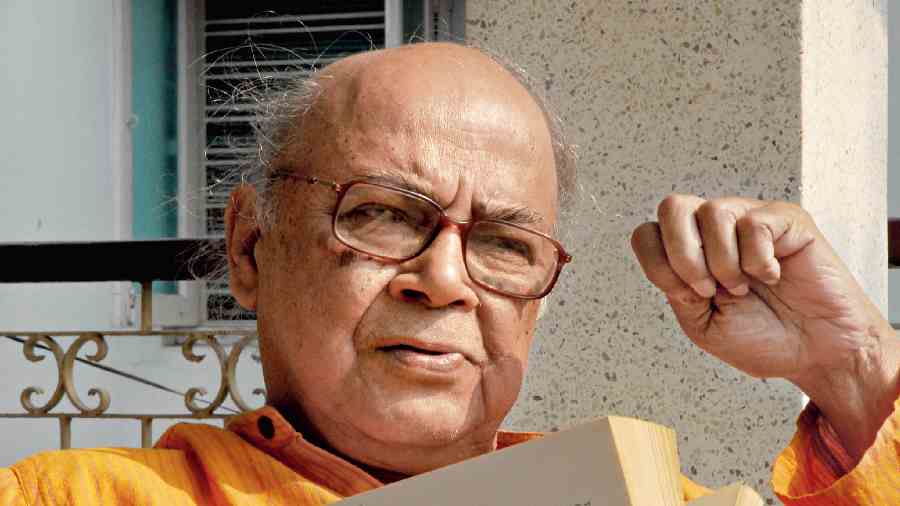
Manoj Mitra’s acting career began in 1957 while he first appeared in films in 1979. Sadly, Bengali cinema could not utilize the brilliance of this creative artist and relegated him to playing negative roles of a cop or a villainous man in most mainstream films.
After teaching Philosophy in some colleges, he did a stint as head of the department of Drama in Rabindra Bharati University. An old student of his reminisces how Mitra did not quite like to engage in conventional teaching but taught much more through open conversation and dialogue beyond the classroom with his students on life, theatre and what a life in theatre actually stood for.
His popularity as a pillar of Bengali theatre came to be established only in 1972 with the hit play, Chaak Bhanga Modhu directed by his lifelong friend Bibhas Chakraborty. He founded his own group Sundaram but after some time, he quit Sundaram to found a different group called Ritayan but returned to Sundaram soon after. The plays that earned him fame as a theatre personality of great distinction were Aboshonno Projapoti, Neela, Sinhadwar, and Phera.
Often, there would be debates and arguments around which of the films stood out for Manoj Mitra’s performance and the most interesting reality was that Mitra himself took part in these debates. He once did a podcast on the play Kak Charitra which is a critique of society, about how it is filled with a rainbow-hued crowd of hypocrites.
The one-act play is about a playwright and a neighbourhood crow. In the podcast, Mitra played both the roles. Every punchline left everyone in splits. The play takes open potshots at a philanthropist, a Godman and includes playwrights of the 1970s who, at the cost of sidetracking traditional, classic folk legends and contemporary Bengali playwrights, made a beeline for playwrights of the West like Pirandello, Ibsen and Sophocles.
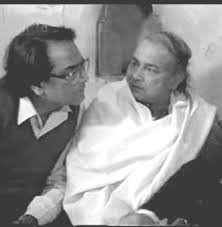
Though Mitra worked in some hit Bengali films like Lathi directed by Prabhat Roy, Shatru, which were plain potboilers, he also played significant characters in Satyajit Ray’s Ganashatru and Ghare Baire besides working with famous directors like Tapan Sinha, Tarun Majumdar and Basu Chatterjee in a Hindi film.
Over his long career, he distinguished himself without any sound or fury, by writing and presenting besides acting in over 80 plays like Sajano Bagan, Chokhe Angul Dada, Kaalbihongo, Parabas, Alokanandar Putra Kanya, Narak Guljar, Aswathama, Chakbhanga Modhy, Mesh O Rakhhosh, Noisho Bhoj, Chhayar Prosad, Galpo Hekim Shaheb, Rajdarshan, Debi Swapnamasta, Munni O Saat Chowkidar, Rangar Haat and Jaa Nei Bharatey.
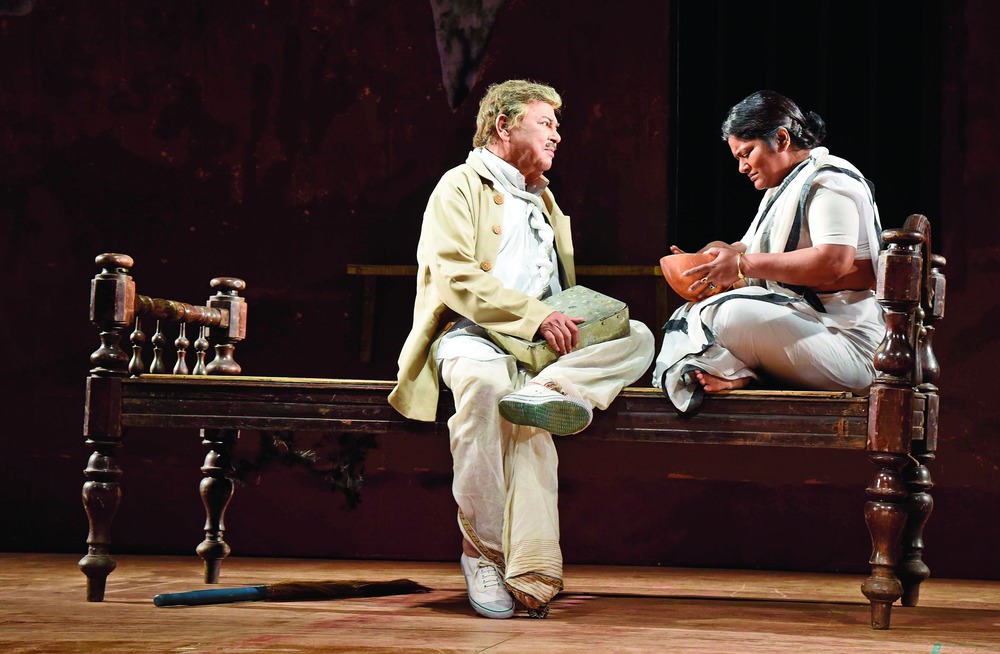
This writer happened to watch his live performance in Parabas in which he portrayed the main role of an old, lonely man who is being forced by his landlady to vacate their flat where he was a tenant who failed to pay his rent. Mitra was seventy then but the agility with which he moved around the stage at the Academy of Fine Arts as the protagonist, hid under the single bed, trying to conceal himself from the landlord and landlady, stood out as a brilliant example of satire, pathos and comedy just to express an old man’s loneliness and his desperate desire to hold on, to belong and not to die alone.
Over the years, Manoj Mitra won eight National and State Awards for his immortal contribution to cinema and theatre but these did not seem to strike him as any special badge to be worn proudly on his persona.
When, in a long interview, Mitra was asked why he kept on moving forever between the two not very similar worlds of cinema and theatre, his response was, “The actor in me seeks fulfillment. It is essential for stage actors to explore various mediums to master the mind and body. Films can capture what is generally lost to theatre audiences beyond the third row — the subtlest shadow of grief on your face, the innermost sparkle in your eyes — (smiling) that is an offer I cannot refuse”.
Manoj Mitra performed in more than 80 plays, bagged the Sangeet Natak Academy Award and the Asiatic Gold Medal for his rich contribution to theatre as a playwright, director and actor. Yet, he regretted his inability to give adequate time to playwriting as he wanted to. In one of his last plays Ja Nei Bharatey, where he played Kanchuki Thakur who is 113 but says he is just 13, Manoj Mitra was one individual who stuck out a thumb at old age, at a major heart surgery he underwent not very long before this play was performed.
Photo Courtesy: Author, flickr
Shoma A. Chatterji is a freelance journalist, film scholar and author based in Kolkata. She has won the National Award twice, in 1991 and 2000. She has authored 26 published titles of which 14 are on different areas of Indian cinema. She holds two Masters Degrees and a Ph.D. in History (Indian Cinema). She has also won a few Lifetime Achievement Awards from different organizations over time.





